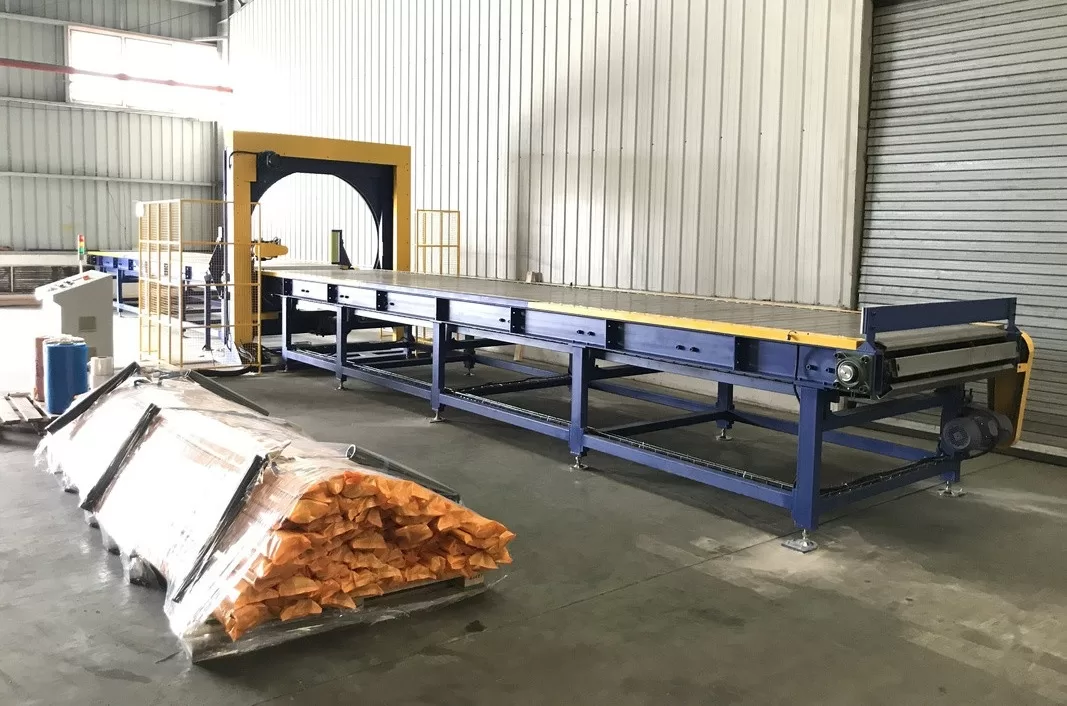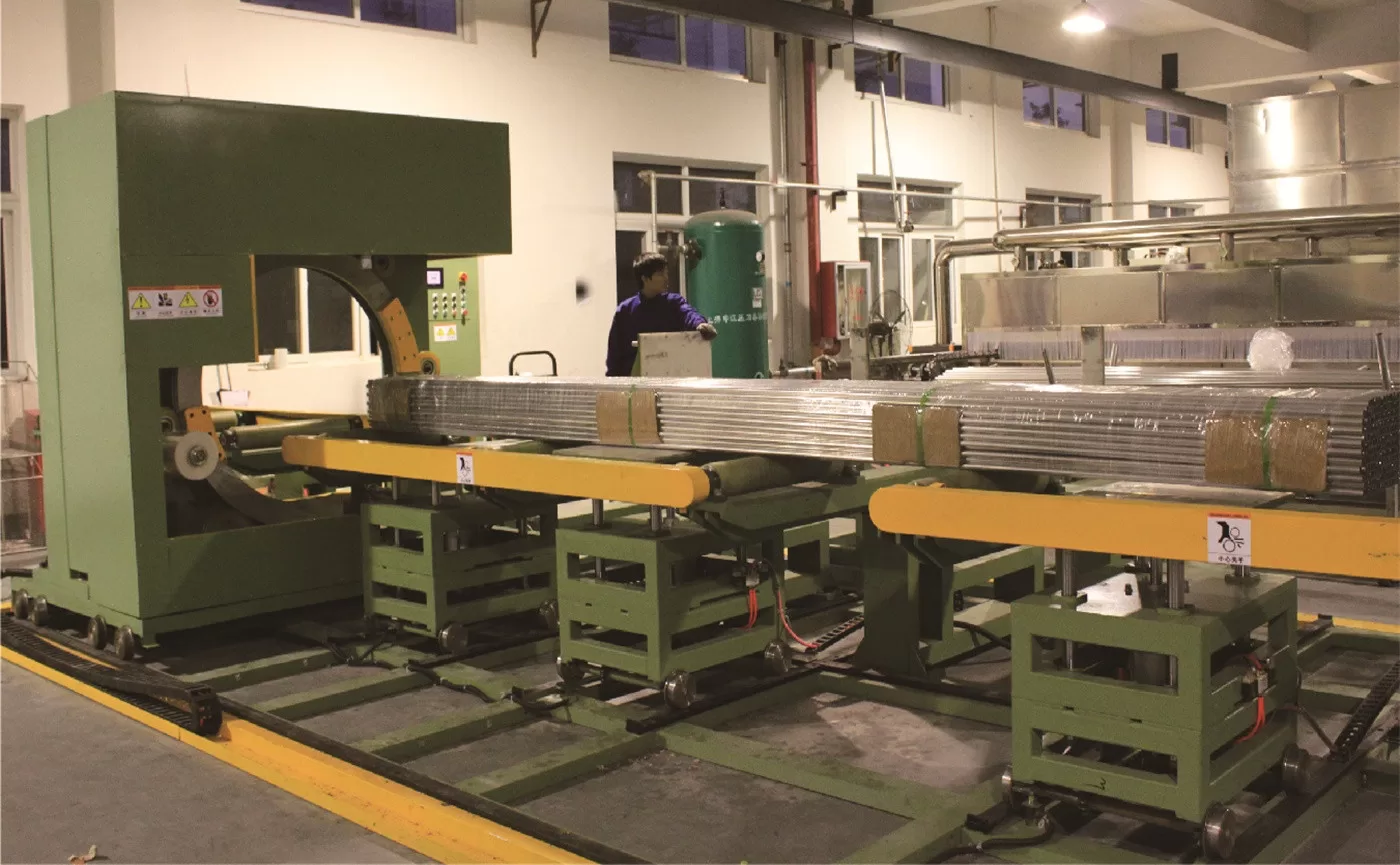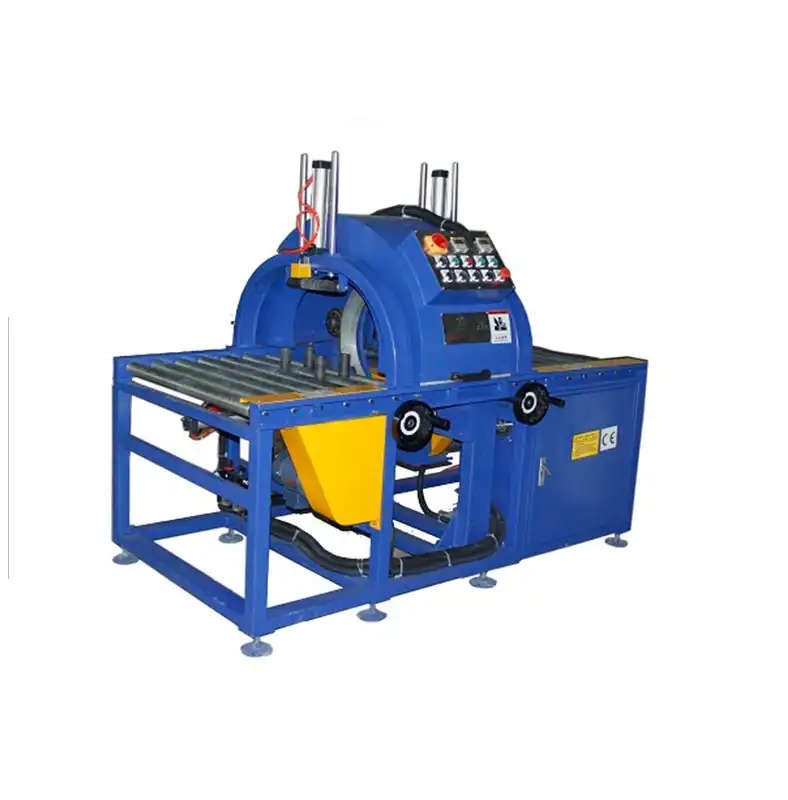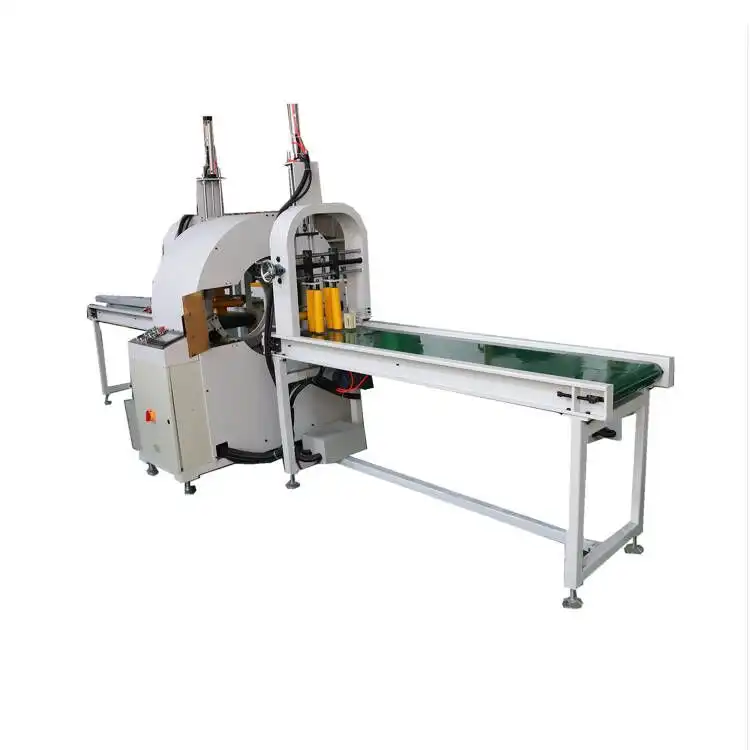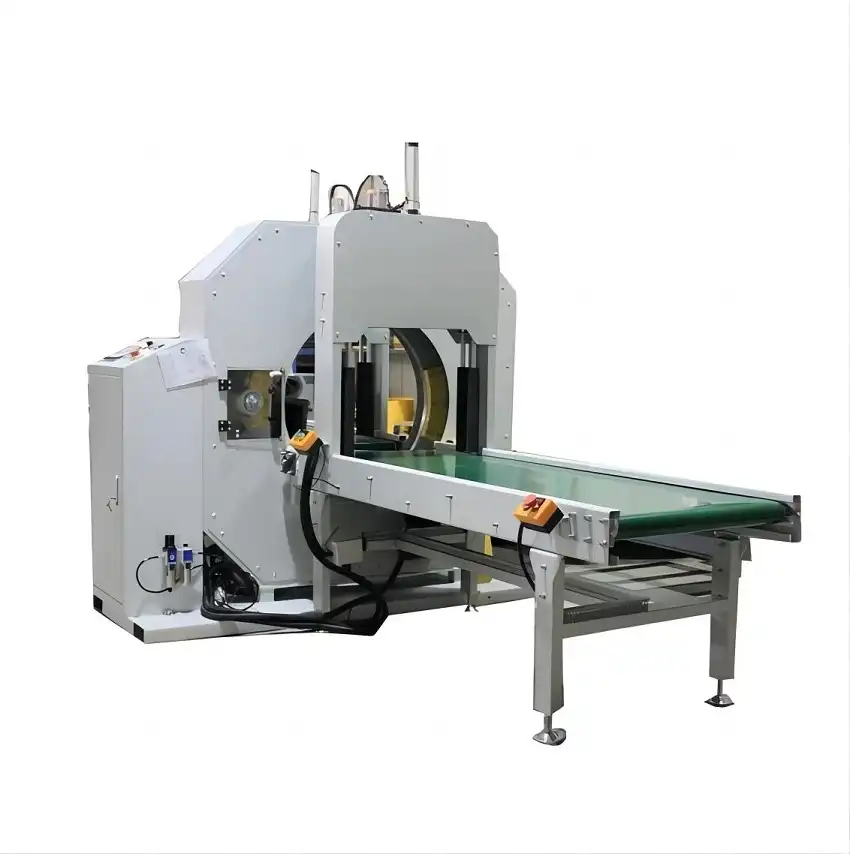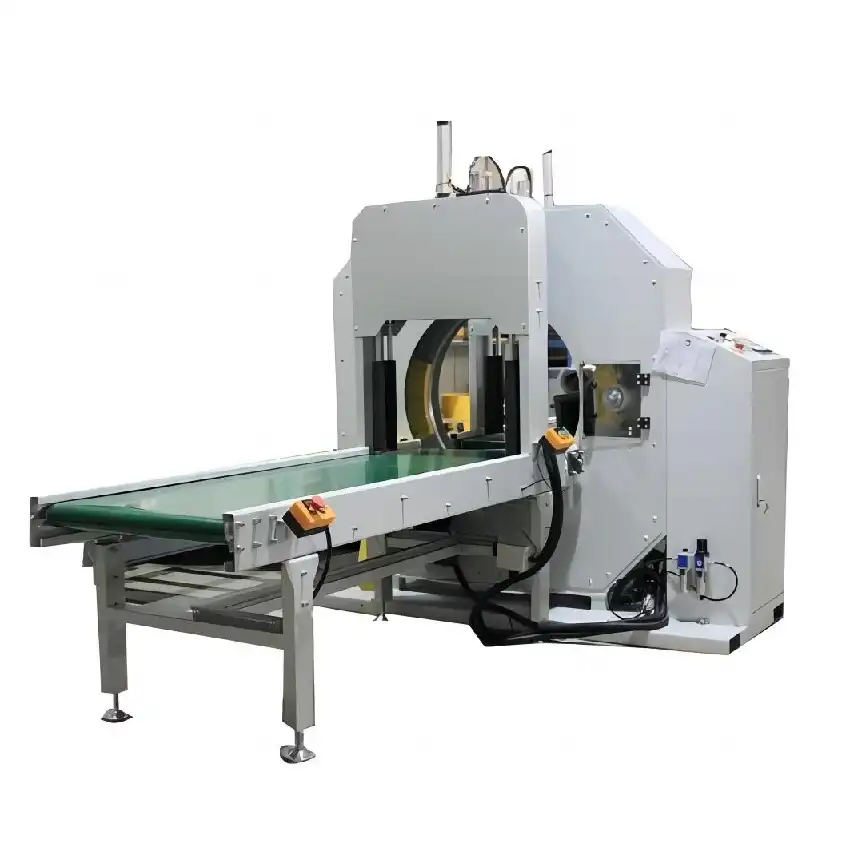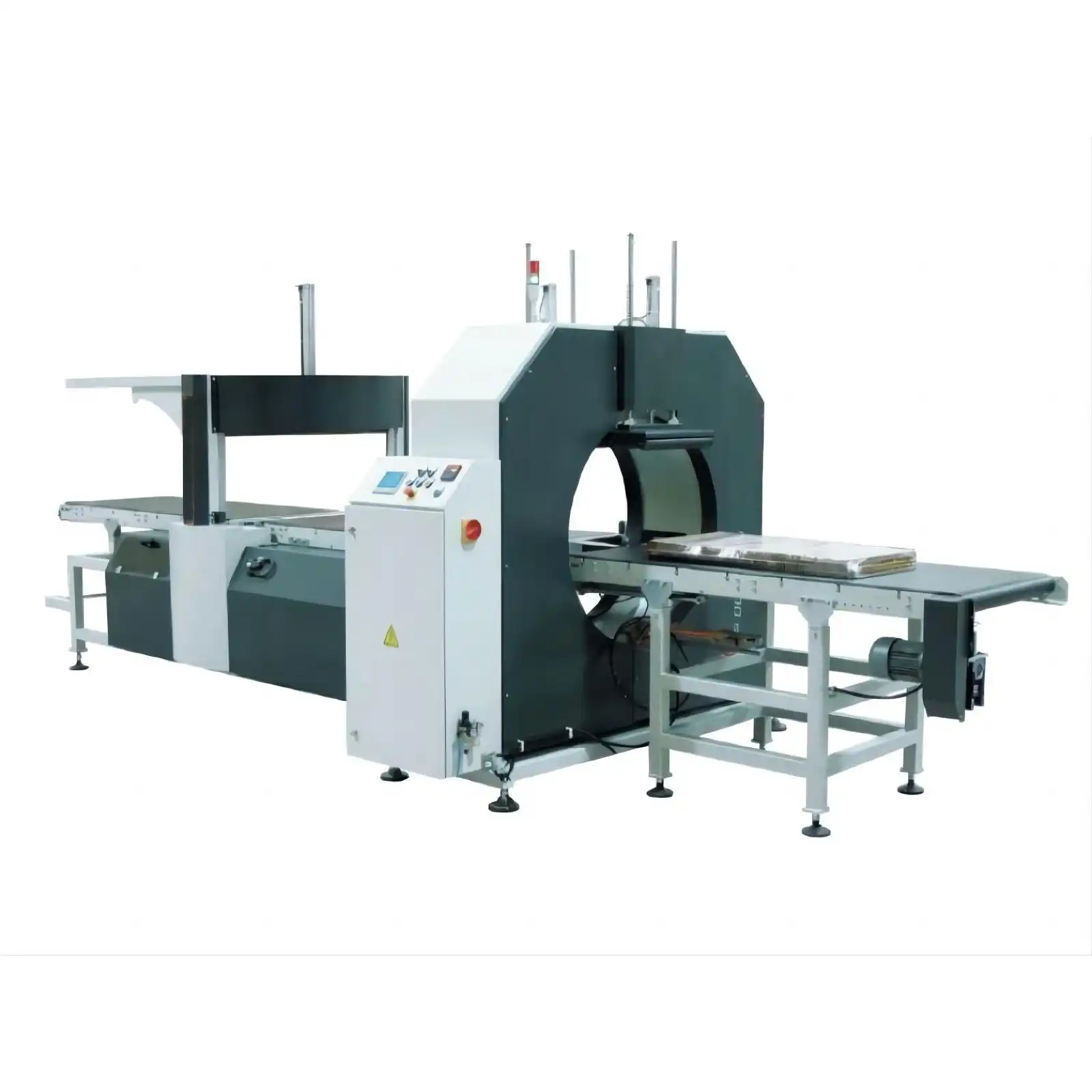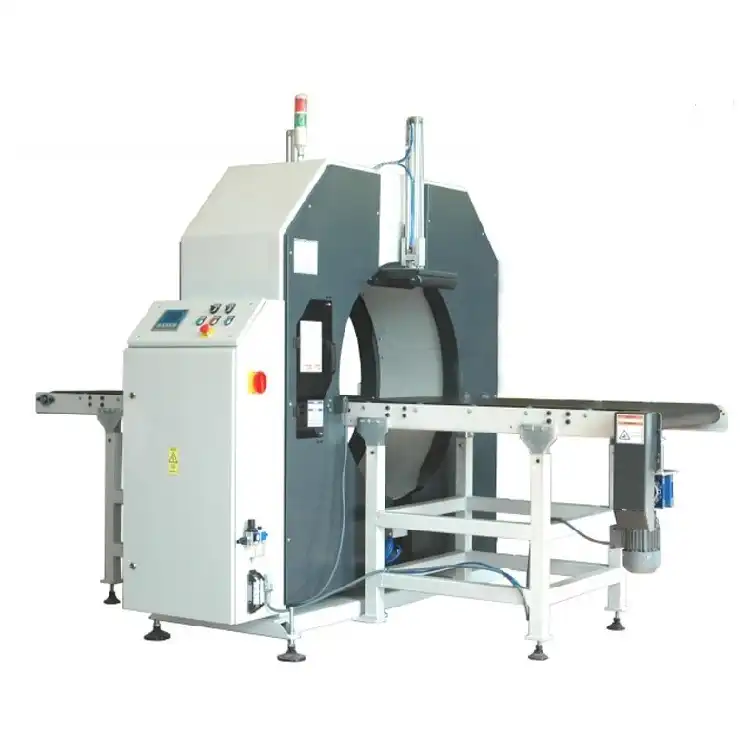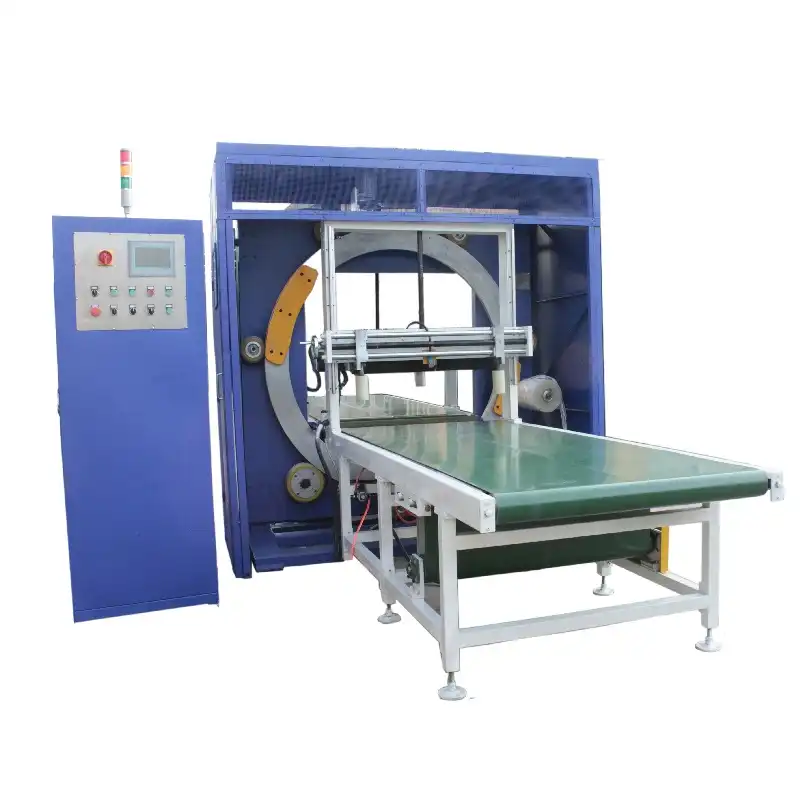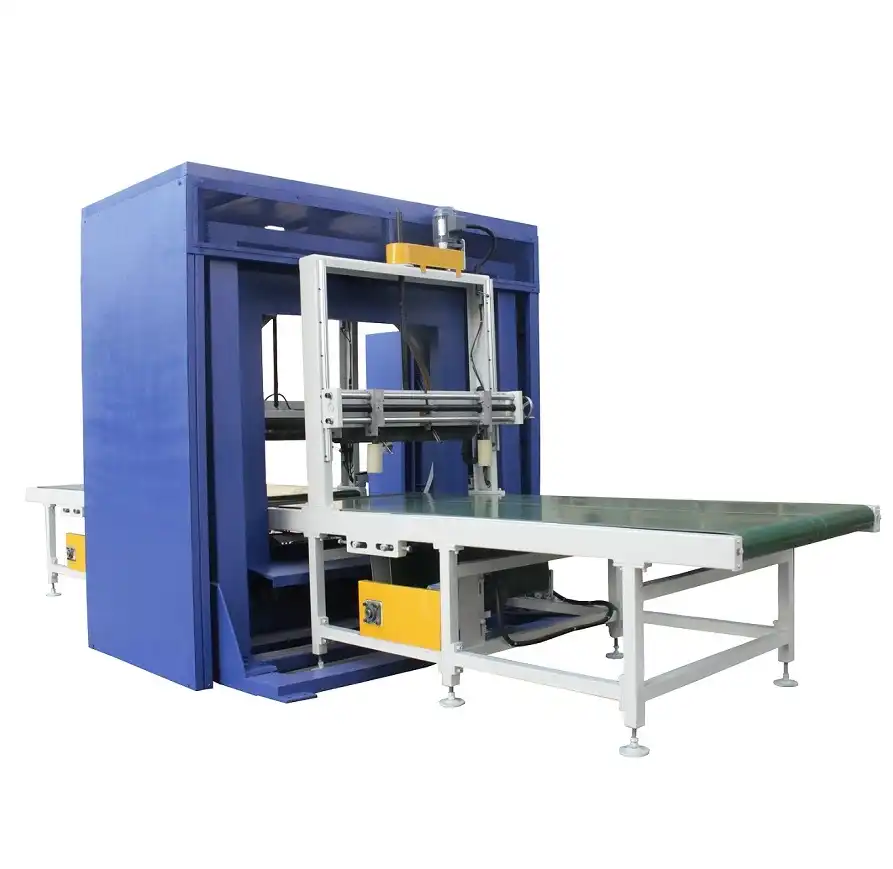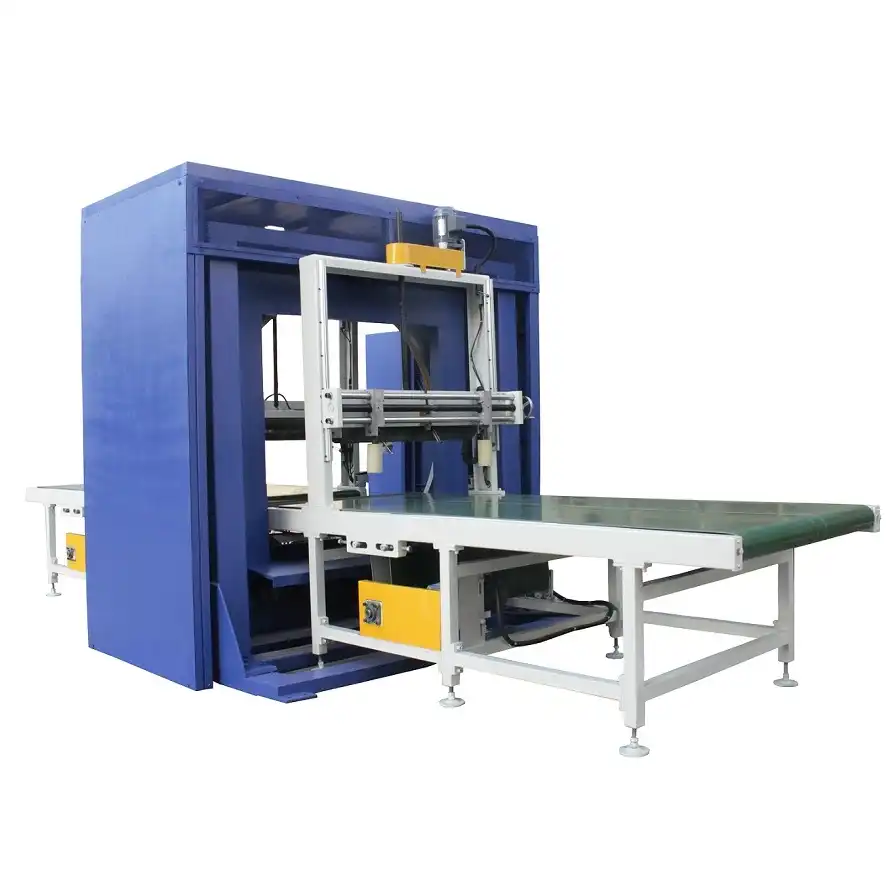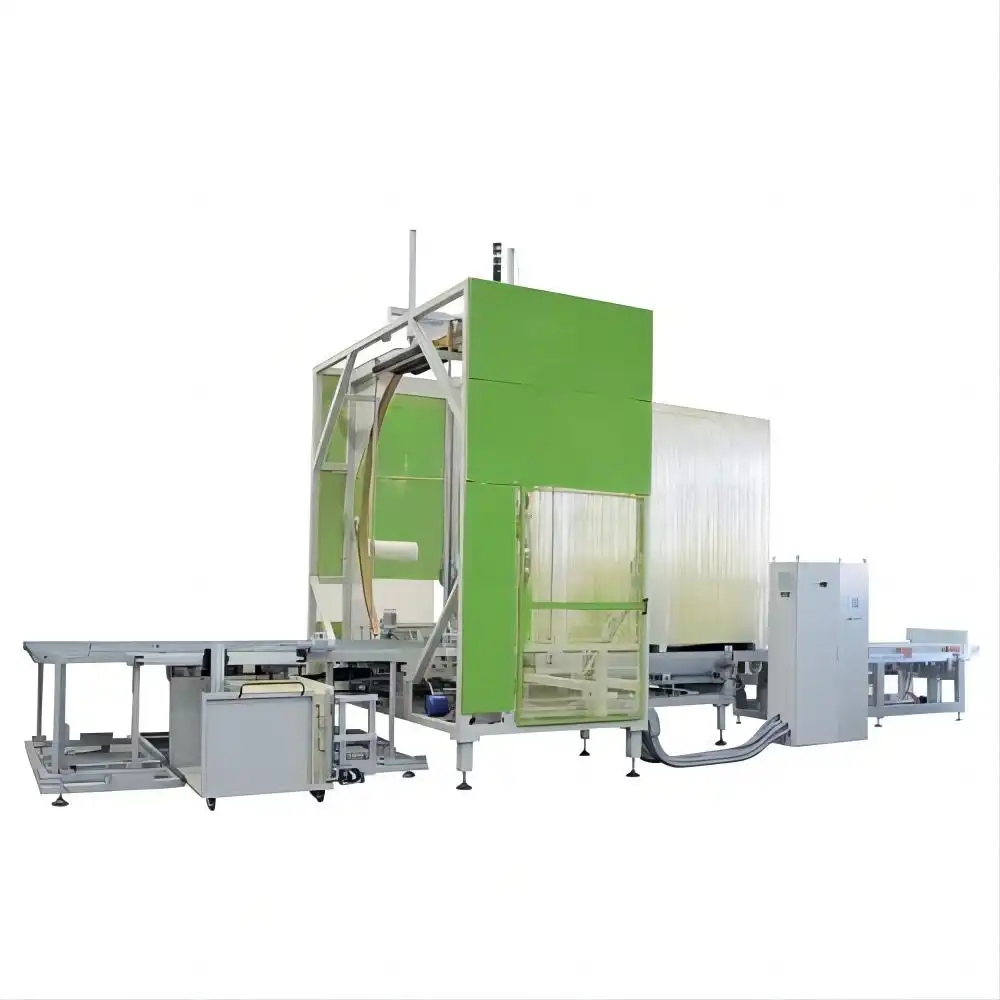How to Get an Orbital Stretch Wrap Machine Fully Customized to Your Requirements
In today’s fast-paced packaging environment, finding equipment that perfectly fits your production line is essential. Customizing an orbital stretch wrap machine to meet specific operational needs can vastly improve efficiency, reduce labor costs, and minimize packaging waste. But how do you ensure the machine is fully tailored to your requirements? This guide walks you through the process, explaining every crucial aspect of customization and offering tips on how to make the best decisions for your business.
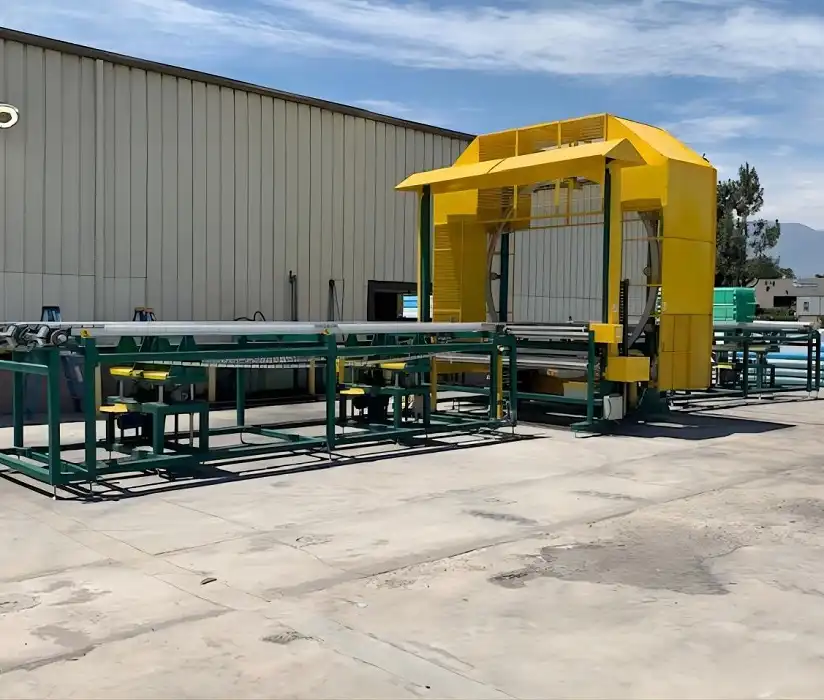
1. Understanding the Basics of Orbital Stretch Wrapping
Orbital stretch wrapping is a process used for securing products by wrapping them in stretch film while the product moves through a rotating ring. This is particularly useful for long or oddly-shaped items such as pipes, lumber, and metal profiles. The key benefit is ensuring load stability and product protection during transport, without using excess materials. Before diving into customization, it’s crucial to understand the basic functionality of these machines.
2. Why Customization is Important for Orbital Stretch Wrap Machines
Every business has unique packaging requirements, and one-size-fits-all solutions rarely maximize efficiency. Customizing an orbital stretch wrap machine ensures that it:
-
Integrates seamlessly into your current production line.
-
Wraps your products in the most effective manner.
-
Increases throughput by optimizing for the types of goods you handle.
-
Reduces downtime caused by inefficient processes or equipment mismatch.
Customization can lead to better ROI as the machine will be designed to meet your specific operational challenges, rather than adapting your process to a generic machine.
3. Identifying Your Product and Packaging Needs
The first step in customizing an orbital stretch wrap machine is understanding your product and packaging needs. Ask yourself the following questions:
-
What are the dimensions and weights of the products you’ll be wrapping?
-
How fragile or durable are these items?
-
What kind of protection is necessary during transportation?
-
Do you require full coverage or partial wraps?
By answering these questions, you’ll be able to provide the machine manufacturer with a clear picture of your requirements. For example, heavier items might need a machine with a stronger motor and additional tension control, while fragile items may require a gentler wrapping process.
4. Selecting the Right Type of Stretch Film
Customizing a machine isn’t just about hardware; it’s also about choosing the right stretch film. The type of film you use will affect not only the wrapping quality but also the machine’s performance. Consider the following factors:
-
Thickness of the film.
-
Stretchability.
-
Cling levels.
-
UV resistance if you’re wrapping products for outdoor storage.
Custom films may be necessary depending on the unique needs of your products. You may need a system that is versatile enough to handle different films for varying products.
5. Machine Size and Speed Requirements
The size of your machine should match the dimensions of the products you plan to wrap. This includes the ring size (the diameter of the machine’s rotating part) and the height clearance. Orbital stretch wrap machines are available in a range of sizes, from compact models for smaller items to larger ones for massive, industrial loads.
Another critical factor is speed. Depending on your production output, you may need a machine that wraps faster or more efficiently. Discuss your throughput targets with the manufacturer to ensure the customized machine can keep up with demand.
6. Automation Features: How Far Should You Go?
Automation is a huge factor when considering customization. Fully automated machines reduce labor costs and increase packaging consistency. However, depending on your budget and production line, semi-automated options may be more practical.
Here are some key automation features to consider:
-
Automatic film cutting and sealing.
-
Adjustable tension control.
-
Variable wrapping programs for different products.
-
Integrated conveyor systems for continuous production.
The level of automation should be balanced with your budget and the complexity of your packaging needs. While full automation is tempting, it’s not always necessary, especially for small- to medium-sized operations.
7. Tailoring the Machine's Software Controls
The software controls of an orbital stretch wrap machine are another key area for customization. Customizable controls allow you to adjust wrapping programs based on product types, speeds, and film tension. For example, a user-friendly interface can be programmed with multiple presets for different product sizes and packaging needs.
Custom software might also integrate with existing production line software, providing valuable data insights for monitoring performance and productivity.
8. Integrating Safety Features into Your Customized Orbital Stretch Wrap Machine
Safety is a critical concern when operating any industrial machinery, and an orbital stretch wrap machine is no exception. During customization, it's important to prioritize safety features that protect both operators and products. Here are some features to consider:
-
Emergency stop buttons that are easily accessible.
-
Safety guards around the rotating parts to prevent accidents.
-
Automatic sensors that detect obstructions in the wrapping area and stop the machine to avoid damage.
-
Low-tension modes for delicate products to prevent crushing.
These features ensure that your customized machine not only meets safety standards but also minimizes the risk of workplace injuries.
9. Ensuring Compatibility with Your Production Line
Customization should also focus on ensuring seamless integration with your existing production line. Consider how the machine will fit into your current workflow:
-
Will the machine be positioned near other automated equipment?
-
Does it need to be integrated with conveyor belts or robotic arms?
-
How will the machine be serviced or maintained without disrupting operations?
A customized orbital stretch wrap machine that is compatible with your entire production line will not only increase efficiency but also minimize downtime during maintenance or upgrades. This aspect of customization requires careful coordination between your team and the manufacturer to guarantee compatibility.
10. Post-Sale Support and Maintenance
Customization doesn’t end when the machine is installed. Post-sale support, including maintenance services, is vital to the longevity and performance of your customized equipment. When discussing customization with your supplier, inquire about:
-
The availability of spare parts and replacement components.
-
Maintenance schedules that suit your production needs.
-
Whether they offer remote diagnostics to troubleshoot issues.
-
Access to a customer support team for quick problem resolution.
A well-maintained orbital stretch wrap machine will consistently deliver high performance, reducing the risk of unexpected breakdowns and extending the life of your investment.
11. Budget Considerations: Balancing Customization and Cost
While customization offers numerous advantages, it also comes with increased costs. It’s essential to balance your customization needs with your budget. Not all features may be necessary for your operation, so focus on those that offer the greatest value. Here are a few tips:
-
Prioritize must-have features over nice-to-haves.
-
Request a detailed breakdown of costs from the manufacturer to see where you can cut expenses.
-
Consider long-term savings in labor, materials, and maintenance when evaluating the initial investment.
Customization should ultimately help you save money by improving efficiency and reducing manual intervention, so it’s important to view it as a long-term investment rather than a short-term expense.
12. Case Study: How Customization Improved Operational Efficiency
To illustrate the impact of a fully customized orbital stretch wrap machine, let’s look at a case study. A medium-sized pipe manufacturing company had issues with inconsistent wrapping and frequent product damage during transit. After assessing their needs, they opted for a fully customized orbital stretch wrap machine with:
-
Automated film tension control.
-
Integrated conveyor belt synchronization.
-
Tailored wrapping programs for different pipe diameters and lengths.
The result? The company reduced packaging time by 30%, decreased material waste by 15%, and significantly lowered product returns due to damage. This case demonstrates how investing in the right customization can lead to substantial operational improvements.
Conclusion: Achieving the Perfect Custom Orbital Stretch Wrap Machine
Getting an orbital stretch wrap machine fully customized to your requirements is an investment that can greatly improve your production efficiency, packaging quality, and overall operational workflow. By understanding your product needs, selecting the right automation features, ensuring production line compatibility, and working closely with your supplier, you can design a machine that perfectly fits your business.
The key to successful customization lies in balancing the initial investment with long-term benefits, such as reduced material waste, faster throughput, and enhanced safety. When done correctly, a customized machine can deliver substantial ROI and support your business growth for years to come.
